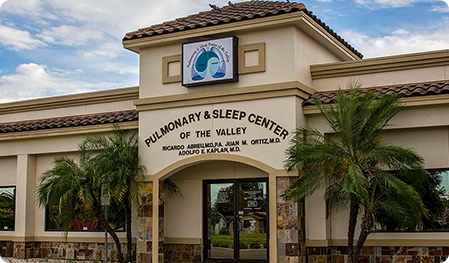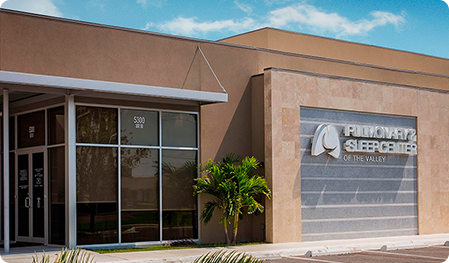How Do You Know If You Need BPAP?
It is easy to find out if you are afflicted with a condition, such as obstructive sleep apnea, that would require the use of a BPAP. Our accredited sites in Weslaco and McAllen have modern, safe, and secure sleep labs designed to monitor your sleep. These sites will record your brain waves, eye movements, muscle activity, breathing effort and airflow, blood oxygen level, heart rate and rhythm, the duration of your stages of sleep, body positions, and movements of your arms and legs while sleeping. Once your sleep study is complete and has been scored, your Sleep Specialist will analyze the results to determine whether you are afflicted with a sleep disorder and help you determine the most effective treatments, which may include BPAP.





